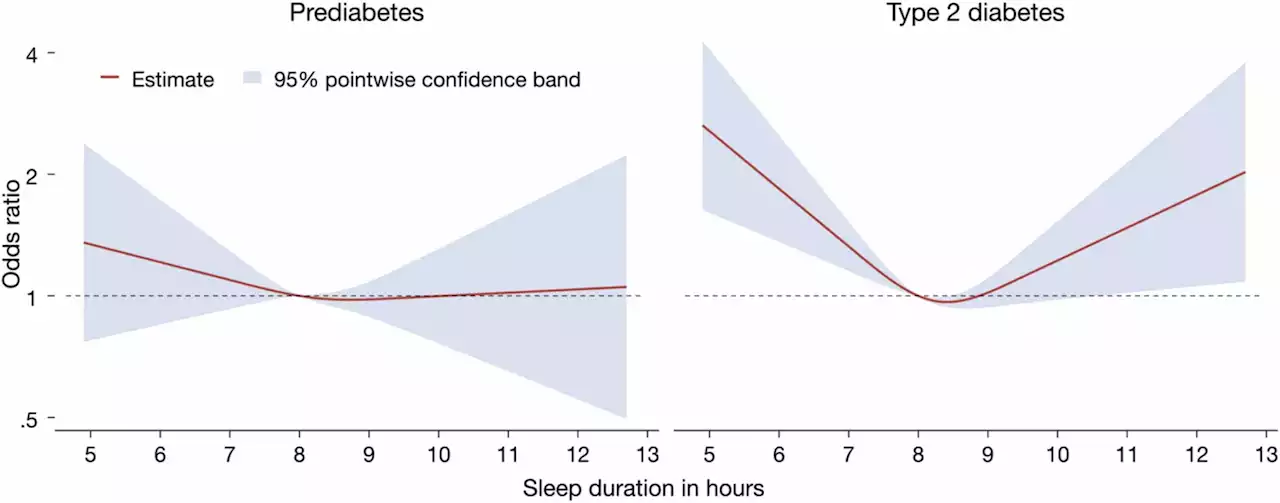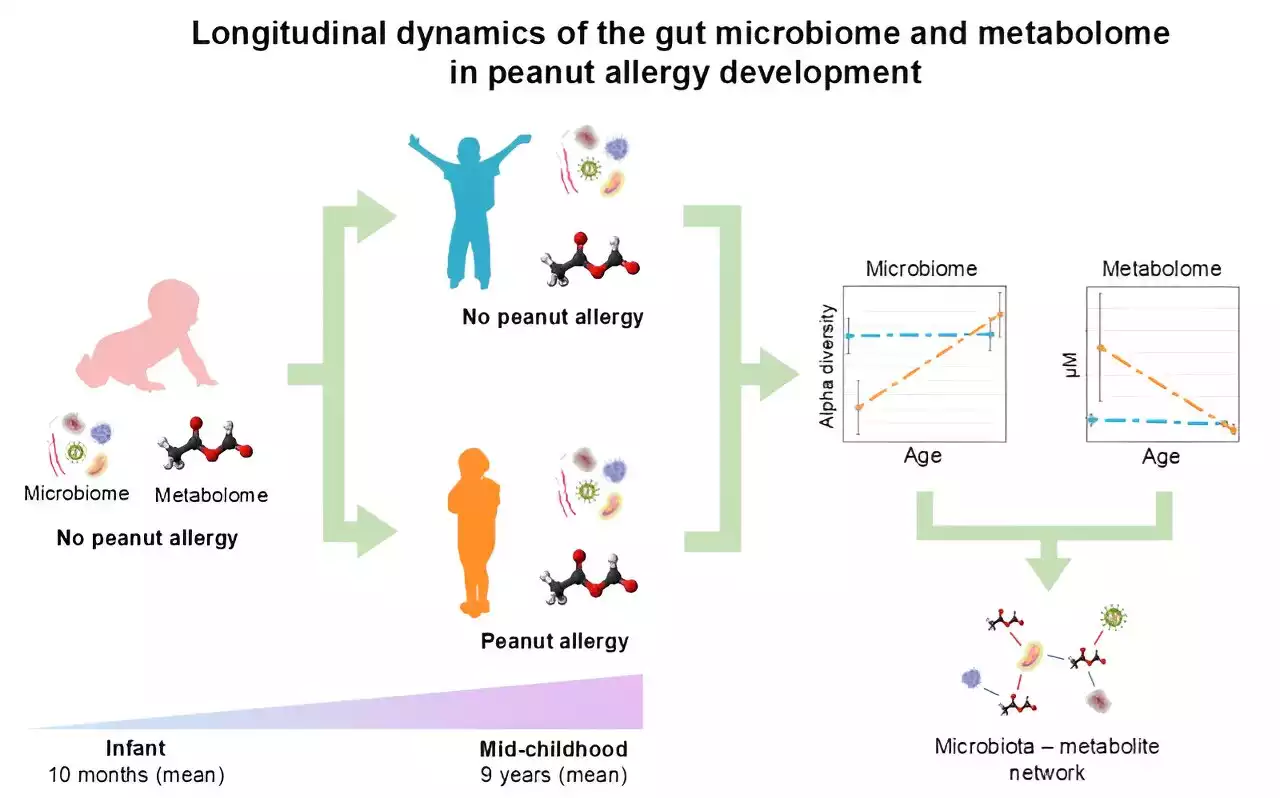Optical-resolution photoacoustic microscopy is an up-and-coming biomedical imaging technique for studying a broad range of diseases, such as cancer, diabetes and stroke. But its insufficient sensitivity has been a longstanding obstacle for its wider application.
limit, enabling new biomedical applications and clinical translation in the future. The findings were published in the journalPhotoacoustic microscopy is a biomedical imaging technique that combines ultrasound detection and-induced photoacoustic signals to create detailed images of biological tissue. When biological tissue is irradiated with a pulsed laser, it generates ultrasonic waves, which are then detected and converted into electric signals for imaging.
For instance, in an ophthalmic examination, a low-power laser is preferred for more safety and comfort. Long-term monitoring of pharmacokinetics or blood flow requires low-dose imaging to alleviate perturbation to tissue functions, he added. They achieved the breakthrough by combining improvement in the photoacoustic sensor design and innovation of a 4D spectral-spatial filter algorithm for computation. They improved the sensor design by using a lab-customized high-numerical-aperture acoustic lens, optimizing the optical and acoustic beam combiner, and improving the optical and acoustic alignment. The SLD-PAM also utilizes a low-cost multi-wavelength pulsed laser, providing 11 wavelengths, ranging from green to red light.
First, SLD-PAM enabled high-quality in vivo anatomical and functional imaging. The super-low laser power and high sensitivity significantly reduced perturbations in eye and brain imaging, paving an avenue for clinical translation. Second, without compromising, SLD-PAM reduced photobleaching by about 85%, using lower laser power, and enabled the use of a much broader range of molecular and nanoprobes.
Danmark Seneste Nyt, Danmark Overskrifter
Similar News:Du kan også læse nyheder, der ligner denne, som vi har indsamlet fra andre nyhedskilder.
 This optical illusion is captivating the internetCan you see the secret face?
This optical illusion is captivating the internetCan you see the secret face?
Læs mere »
 Intel shows off a maths defying 8-core chip with 528 threads and optical interconnectsHyper ultra mega threading.
Intel shows off a maths defying 8-core chip with 528 threads and optical interconnectsHyper ultra mega threading.
Læs mere »
 Researchers find link between sleep duration and development of type 2 diabetes, despite other lifestyle factorsA team of medical researchers with a diverse mix of backgrounds, all in the Netherlands, has found a link between sleep duration habits and the likelihood of developing type 2 diabetes, regardless of other lifestyle risk factors. In their study, reported in the journal Sleep Health, the group analyzed data obtained as part of the Maastricht Study regarding sleeping duration.
Researchers find link between sleep duration and development of type 2 diabetes, despite other lifestyle factorsA team of medical researchers with a diverse mix of backgrounds, all in the Netherlands, has found a link between sleep duration habits and the likelihood of developing type 2 diabetes, regardless of other lifestyle risk factors. In their study, reported in the journal Sleep Health, the group analyzed data obtained as part of the Maastricht Study regarding sleeping duration.
Læs mere »
 Researchers issue a warning that GLP-1RAs may be dangerous for childrenA team of clinicians, exercise scientists, pharmaceutical scholars, ethicists, and behavioral experts at the University of California, Irvine, outlined their concerns that the use of glucagon-like peptide-1 receptor agonists (GLP-1RAs) to treat childhood obesity and type 2 diabetes may have unintended and adverse consequences for children's health.
Researchers issue a warning that GLP-1RAs may be dangerous for childrenA team of clinicians, exercise scientists, pharmaceutical scholars, ethicists, and behavioral experts at the University of California, Irvine, outlined their concerns that the use of glucagon-like peptide-1 receptor agonists (GLP-1RAs) to treat childhood obesity and type 2 diabetes may have unintended and adverse consequences for children's health.
Læs mere »
 Researchers uncover early signs in gut bacteria that could predict peanut allergy developmentA new study led by researchers at the Icahn School of Medicine at Mount Sinai has revealed key differences in gut bacteria and their metabolic byproducts in infants that may predict the development of peanut allergies by mid-childhood. The findings, published online August 22 in the Journal of Allergy and Clinical Immunology, could pave the way for new strategies to prevent or treat this increasingly common food allergy.
Researchers uncover early signs in gut bacteria that could predict peanut allergy developmentA new study led by researchers at the Icahn School of Medicine at Mount Sinai has revealed key differences in gut bacteria and their metabolic byproducts in infants that may predict the development of peanut allergies by mid-childhood. The findings, published online August 22 in the Journal of Allergy and Clinical Immunology, could pave the way for new strategies to prevent or treat this increasingly common food allergy.
Læs mere »
 Researchers prep fentanyl, heroin vaccines for human trialsResearchers at the University of Montana and their partners are nearing human trials for vaccines to prevent fentanyl and heroin drug overdoses.
Researchers prep fentanyl, heroin vaccines for human trialsResearchers at the University of Montana and their partners are nearing human trials for vaccines to prevent fentanyl and heroin drug overdoses.
Læs mere »
